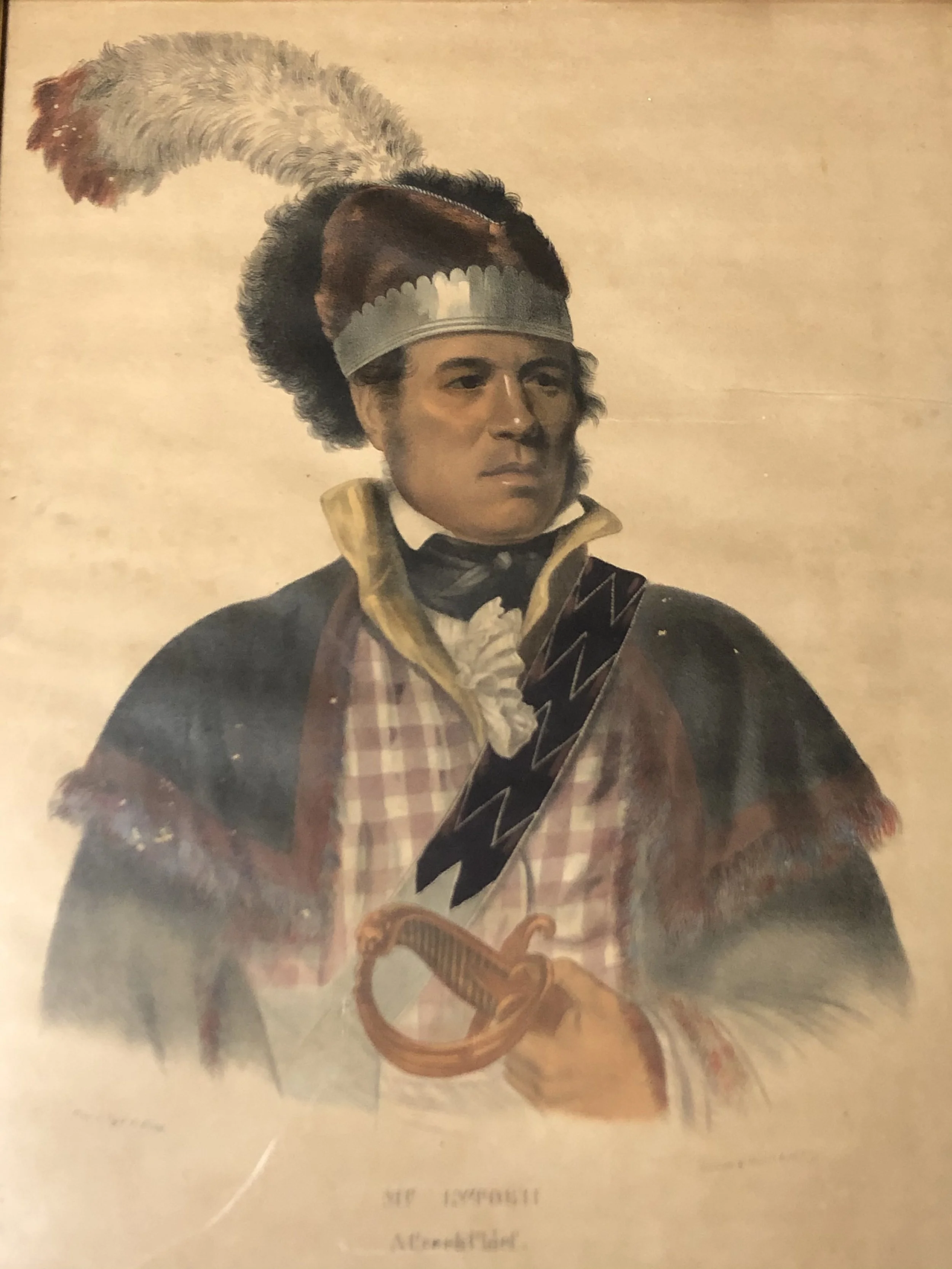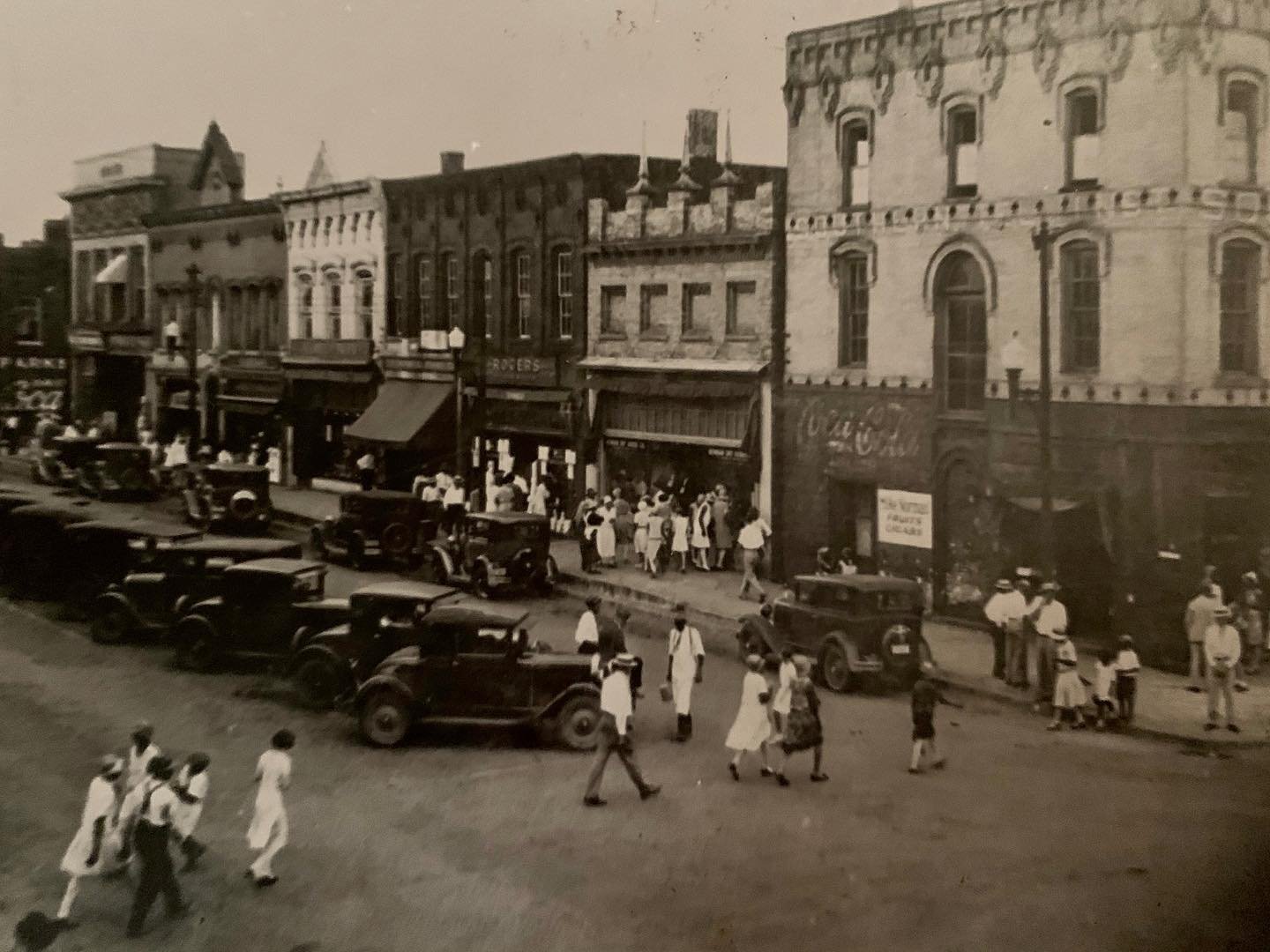CHIEF WILLIAM MCINTOSH
English traders first encountered the Koweta branch of the Creek Indians inhabiting the region around Coweta County in 1685. The archaeological evidence suggests that Throughout history, Coweta County's Creek Indians maintained amicable relations with both the Colony of Georgia and later, the State of Georgia. It is likely that many descendants of West Georgia's "Friendly" Creeks, who chose state citizenship, still reside in the region.
By the late 20th Century, Coweta County began to experience a tremendous boom in growth, putting it consistently in the top 100 growth counties in the United States. This growth continues today, bringing opportunity and change. The beauty and the rural character of Coweta remain important parts of our heritage, encouraging innovative land use approaches that strive to maintain rural beauty while allowing controlled development.
Coweta County History
People have been captivated by the peaceful beauty of the rural acres of land in southern Coweta County outside the cities of Newnan, Grantville, and Moreland. Coweta was once part of the Creek Nation, named for the tribe led by Chief William McIntosh. Early settlements in Coweta included Calico Corner (Grantville), Willow Dell (Senoia – named after William McIntosh’s mother,) Bullsboro, and the county seat of Newnan, established in 1828.
In the past, Coweta County boasted a dense population of Native Americans. Evidence of their presence can be found throughout the county, with freshly tilled soil often yielding pre-European artifacts such as spears and atlatl points, along with fragments of simple pottery. As large-scale agriculture emerged around 950 AD, native populations began to gravitate towards the bottomlands along the Chattahoochee River.
NEWNAN, GA IN COWETA COUNTY IN THE LATE 20TH CENTURY


